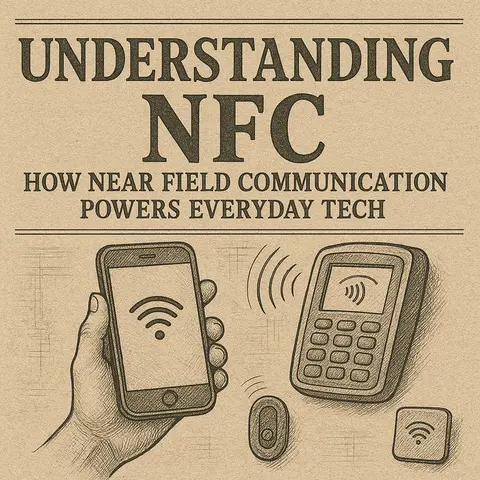
Understanding NFC: How Near Field Communication Powers Everyday Tech
Imagine a world where your presence is known, even if you're not carrying a smartphone, wearing a smartwatch, or standing in front of a camera. This is the intriguing, and somewhat unsettling, promise of WhoFi, a revolutionary technology developed by researchers at La Sapienza University of Rome. WhoFi leverages the subtle yet unique ways human bodies interact with Wi-Fi signals to identify individuals, opening up a new frontier in person re-identification.
At its core, WhoFi is a system that utilizes Channel State Information (CSI) from standard Wi-Fi signals to create a "biometric fingerprint" of an individual. When Wi-Fi signals propagate through a space, they are affected by everything in their path, including people. A human body, with its unique size, shape, and composition (bones, organs, and overall physical structure), causes specific alterations to the amplitude and phase of these wireless signals.
WhoFi captures these minute changes and, through a sophisticated Deep Neural Network (DNN) featuring a Transformer-based encoder, learns to recognize the distinct patterns associated with each person. Unlike traditional surveillance methods that rely on visual data, WhoFi operates entirely without cameras or microphones. It "sees" through walls and isn't affected by lighting conditions, making it a powerful tool for sensing individuals in various environments. The researchers have reported an impressive accuracy rate of up to 95.5% in re-identifying people using the NTU-Fi dataset.
The emergence of WhoFi carries significant practical implications across various sectors, ranging from enhanced security to novel forms of personalized environments.
While WhoFi offers compelling advantages, its ability to identify individuals without their active participation or a physical device raises substantial ethical and privacy questions:
WhoFi represents a significant leap in Wi-Fi sensing technology, demonstrating the profound amount of information embedded in the seemingly innocuous radio waves around us. Its ability to identify individuals without cameras or personal devices is both revolutionary and a potent reminder of the ever-evolving nature of privacy in a hyper-connected world. As this technology progresses, a robust discussion on ethical guidelines, clear regulations, and transparent implementation will be crucial to ensure that WhoFi's innovative potential is harnessed responsibly, respecting individual privacy and autonomy.